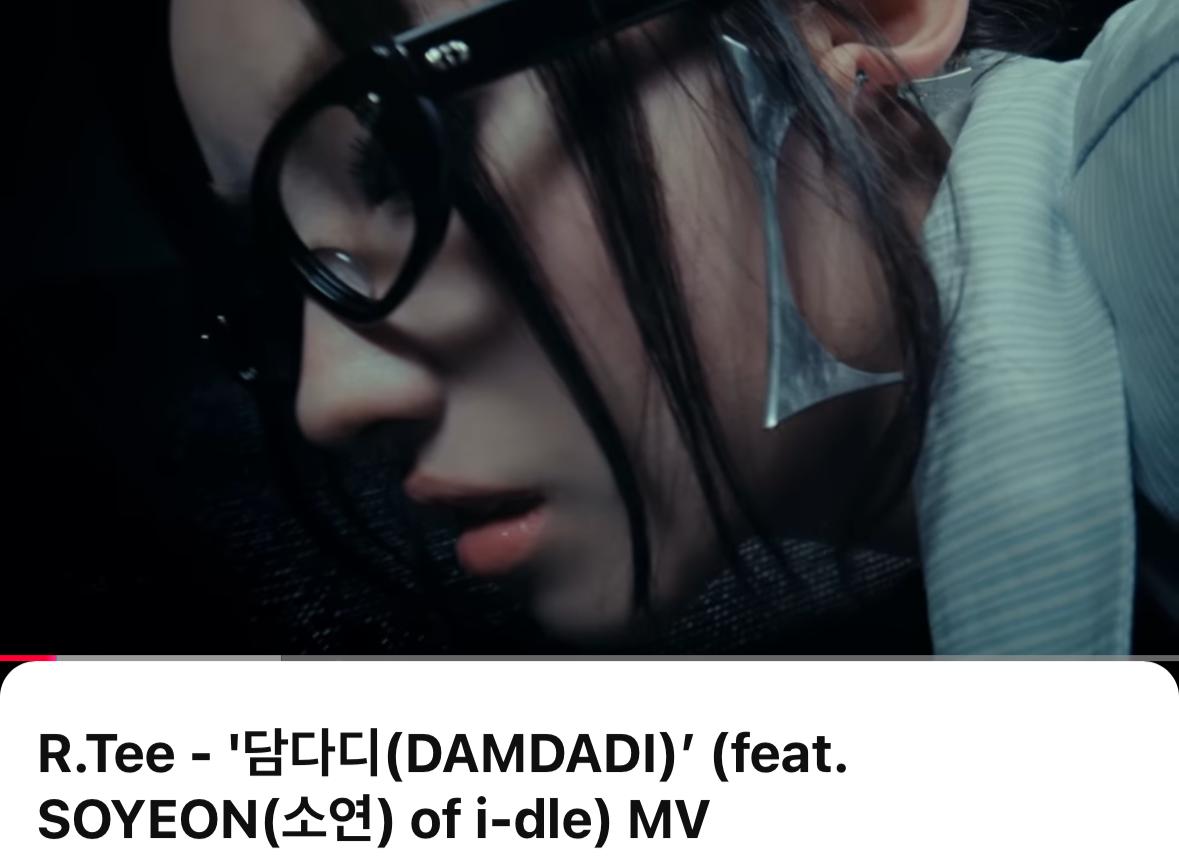
When do creative references cross the line from homage to copy? That question exploded across K-pop and European pop circles this week after French artist Yseult publicly alleged that DJ/producer R.Tee’s August 10 music video “DAMDADI”—featuring (G)I-DLE’s Soyeon—lifted key visuals from her 2024 MV “B*TCH YOU COULD NEVER.” Yseult posted side-by-side comparisons highlighting near-identical shots (a power-walk down corporate corridors, a collapsing bookshelf gag, tie-pull power play), arguing the overlap goes beyond inspiration.
What happened—and when
-
May 2024: Yseult releases “B*TCH YOU COULD NEVER,” a sharp, security-cam-styled office fantasia directed by Shadrinsky. Critics lauded its concept and staging.
-
Aug 10, 2025: R.Tee drops “DAMDADI” with Soyeon on vocals. The MV begins circulating widely in K-pop spaces.
-
Oct 11–13, 2025: Yseult publicly calls out the video as a “copy,” sharing frame-matching edits; the story spreads across K-pop and general pop culture forums. T
-
Oct 14–15, 2025: MV director Hong Minho issues a statement acknowledging he was “inspired” by Yseult’s work and apologizes, adding that the creative direction was his responsibility—not R.Tee’s or Soyeon’s.
The core of Yseult’s allegation
Yseult asserts that “DAMDADI” reproduces signature compositions and set-pieces from “B*TCH YOU COULD NEVER,” not just broad vibes. Reports summarize the contested parallels as:
-
Hallway march + fixed surveillance framing
-
Bookshelves toppling sequence
-
Dominance gestures (e.g., pulling a male actor’s tie)
Coverage framing the debate as “copycat visuals” has emphasized how closely the scenes map. 
The responses (and why Soyeon’s name trended)
As the feature vocalist and on-screen face, Soyeon became the lightning rod for fan reactions—despite not being the credited lead artist. Director Hong Minho’s clarification aimed to redirect accountability to the creative team, stating neither Soyeon nor R.Tee chose the references. That nuance has started to shape community discussion around who bears responsibility for MV visual authorship in K-pop production pipelines.
Why this flashpoint matters beyond one MV
-
Attribution & crediting: Global pop routinely borrows; the dispute spotlights where acknowledgment is required—especially when shot-for-shot echoes appear.
-
Power dynamics & appropriation: Yseult’s posts tapped a deeper conversation about Black artists’ ideas being repackaged without recognition—an argument that resonated across international fandoms.
-
Production transparency: K-pop MVs involve labels, directors, art teams, and freelancers. Viewers often credit or blame the idol first; this case is a public reminder that visual decisions usually sit with directors/creative departments.
The fan discourse: heat vs. light
Online debate has been intense, with some fans attacking Yseult and others condemning the backlash while urging the industry to do better with crediting. Regardless of stan allegiances, the director’s apology and “inspiration” admission have shifted the conversation toward process fixes rather than personality clashes.
What “good practice” could look like
-
Clear mood-board credits: Publicly list reference works (artists, directors, stills) in MV descriptions or press kits when inspiration is specific.
-
Early legal + ethical checks: Treat “this looks the same” as a pre-release risk, not a post-release PR problem.
-
Creator-to-creator outreach: If visuals are highly specific, obtain permission or collaborate—turning conflict into cross-market connection.
-
Fandom literacy: Labels can publish creative-process explainers so fans understand who actually makes which calls.
Where things stand today
As of October 15, 2025 (Europe/Istanbul), the MV director has apologized and taken responsibility, while Yseult continues to call for concrete action. The story remains a live case study in how global pop can reference across borders without erasing originators.


Share:
From Screen Stardom to “I Do”: Kim Yoon Hye Confirms Private Oct. 25 Wedding